Note: This article was originally published on my blog https://thedesignersmust.wordpress.com/, hence some of the links to other articles listed there.
Pants are everywhere and yet misunderstood. They are seen as an obstacle to comfort and nuisance to care. And if anyone looks or feels ridiculous, the blame is going to be directed at poorly fitting pants.
But as much as pants are difficult to wear or maintain, they are the foundation for our appearance. If you want to look smart or thinner, a good pair of pants goes a long way. And if you want to save money on clothes, a good pair of paints is key to building multiple outfits without seeming like you’re wearing the same one. They blend your shoes to the rest of your body and the frame your shirt and jacket.
A great pair of pants balances one’s appearance and makes each individual piece appear better fitting. A poor pair of pants does the opposite and makes each appear worse.
But how does one look for pants? There are thousands of brands, multiple fits or styles within each brand, and multiple colors available for each of those. Unfortunately, I have no easy answer to this. But I do believe knowledge of and understanding pants is the first step to being able to make better decisions in buying and wearing pants. With that said, I’ll start from the most basic concepts.
The purpose of your pants is perhaps the best and easier way to start narrowing down what you want to buy and to streamline decision making. The overwhelming reason I hear for buying pants is for work.
Once upon a time, every man was expected to wear a suit: at work, on the weekend, on vacation, anywhere. It was the default attire of everyday life. More formal occasions required more formal wear: black tie (tuxedo), white tie, and a few other special occasion outfits. These special occasion outfits, decades prior, were the suits of their day. And in their day, the suit was the informal attire one might find outdoors in the country.
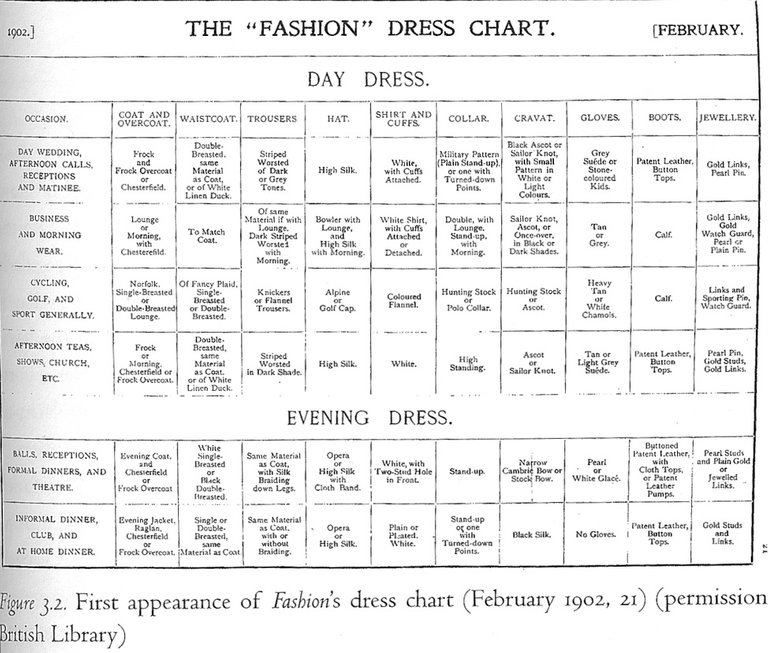
What situations are formal and informal and what is expected has changed with time. These days, the suit is maybe the most formal outfit anyone will own. And the suit for many jobs is no longer required. So please keep in mind that there are no “rules” that are always true. Literally every assumption or constant of dress has changed over time and place. These are more as guidelines that help with decision making. While understanding guidelines and purpose is more complex than “if X, always wear Y”, I think it helps to provide additional knowledge should your conditions be slightly different. On the plus side, given that this is a post about pants only, we’ll save time by not covering other items.
Work Pants
Looking for clothes by color and fabric is the quickest way to pare down your options. So for those of you looking for the simple answer: mid to light gray wool.
Now if you need pants for work (and yet do NOT require a suit), I think mid to light gray is the most conservative and flexible choice of all colors as they pair well with practically all shirt, jacket, shoe, and skin colors. And don’t think that the color palette limits you at all; wool comes in tens of weaves from flannel to twill and weights and from worsted to woolen. There are tens of choices of mid to light gray wools given the number of attribute combinations.
The next best option (given the tens of combinations, this might be more the nth+1 option) would be tan wool.
It is less conservative than gray (although if there is no expectation of wearing a suit it doesn’t matter) and requires checking if the shade in question works with your skin tone, but it offers more flexibility with other color shirts and socks meaning it’ll probably also be more suitable for wear outside work as well.
Now you might be wondering how I feel about navy blue or black. Again, since we’re not talking about suits I would avoid both. The reason is that both colors are too severe and inflexible to wear properly without the matching jacket (without which the outfit appears half finished because of the light colored tops) and they are difficult to pair. Both only pair with black shoes and dark socks, unlike gray and tan which pair much more easily with other colors. And while I am completely aware navy blue pants and/or suits are being worn with brown shoes these days, I have never seen the combination work.
The dissonance in color draws too much focus towards the shoes, which in turn draws attention away from where you want it. I would avoid it considering you can probably find 1000 better and easier to wear combinations (if we’re including shoes, socks, shirts, and jackets) with gray and tan wool pants than with navy and black. I cannot highlight enough the flexibility of grays and tans — even in the most casual workplace these will work. But wear black or navy in an office with bright green polos, jeans, and floral dresses, and you will feel out of place.
Now why wool? The simple answer is that wool exudes professionalism, efficiency, cleanliness, and simplicity. Cotton creases and wrinkles and flops and shows its wear and tear. Cotton has a stiff, almost thin cardboard-like look. It’s fine for the outdoors, but inside a modern office it doesn’t look nearly as right as wool. Wool pants will also appear ironed and pressed as long as it’s been stored properly, folded or hung along the crease. In comparison, cotton pants need to be ironed prior to use like shirts (and after a few minutes they start losing their shape).
But please avoid wrinkly wools! I like to squeeze and bunch up the fabric, and if it doesn’t spring back to shape without creases AVOID IT. These are the wools that give the appearance of a cheap, wrinkled uniform and create the same issues as cotton.
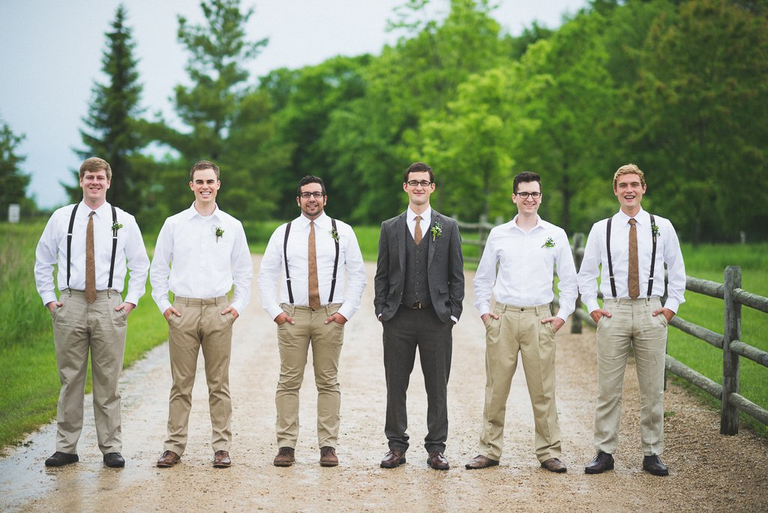
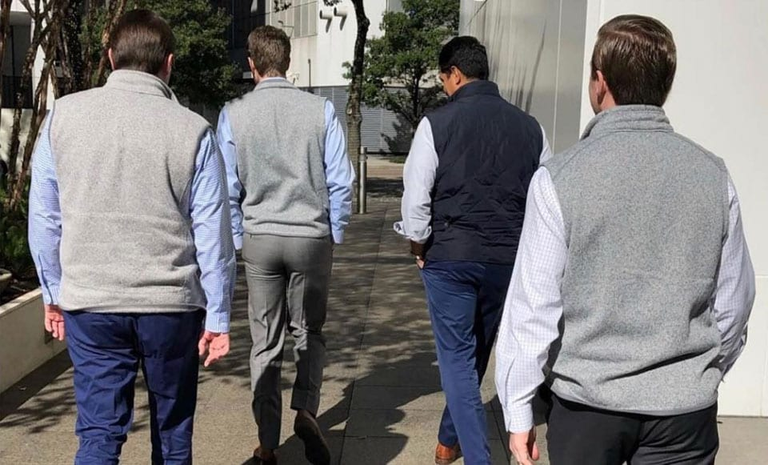
Worsted or woolen? You might find certain wools will have one of the two descriptors in their name. The names describe how the wool was woven into fabric, and the simple explanation is that worsted will appear to have a smoother texture and woolen a bit of a brushed or fluffy texture. As we’re talking about stand alone pants, I’d lean towards woolen in grays and either for tan. The reason is that a very smooth, shiny pair of gray pants may appear to be part of a suit (depending on the weave) and may look out of place without the jacket (similar to the issue of navy and black pants).
Casual Pants
If you read the brief history of suits earlier, it might have occurred to you that wearing work pants sans coat is quite informal in the context of the past 100 or so years. And I would absolutely agree. And for that reason, I personally have a lot of overlap between my work and casual pants because they are essentially the same. By avoiding shiny worsteds and severe colors for work, they are just as flexible outside work. But that’s by greedy personality of wanting everything to be versatile and usable in as many situations as possible shining through.
Therefore, I find your dress outside work is your chance to express yourself! And as a guide, I’d like to cover the basics (the minutiae once you delve beneath the basics will be for another time) of fabric and colors.
Fabrics
I’ll quickly summarize the 3 main fabrics available: cotton, wool, and polyester. Again there are more, but I suspect 95% of people will wear one of the above 3.
Depending on the retailer, they might not say much more than the fabric content above. If that’s your price range, then the general differences between the three would be that:
- wool cannot be machine washed but will retain its shape,
- cotton can be machine washed but will easily wrinkle and lose its shape, and
- polyester (imitating wool) can be machine washed and keep its shape and avoid wrinkles, but is likely going to wear hot and feel synthetic.
Now some retailers will have additional descriptors often describing a combination of characteristics, not just the fabric and/or weave. Rather than categorize all of them, I’ll quickly cover a few of the most common ones.
- Denim: the vast majority of jeans are made from blue cotton denim fabric. It has alternating blue and white diagonal ribs that provide a distinctive look. It wears hard, but will lose shape over time and can leave fade marks.
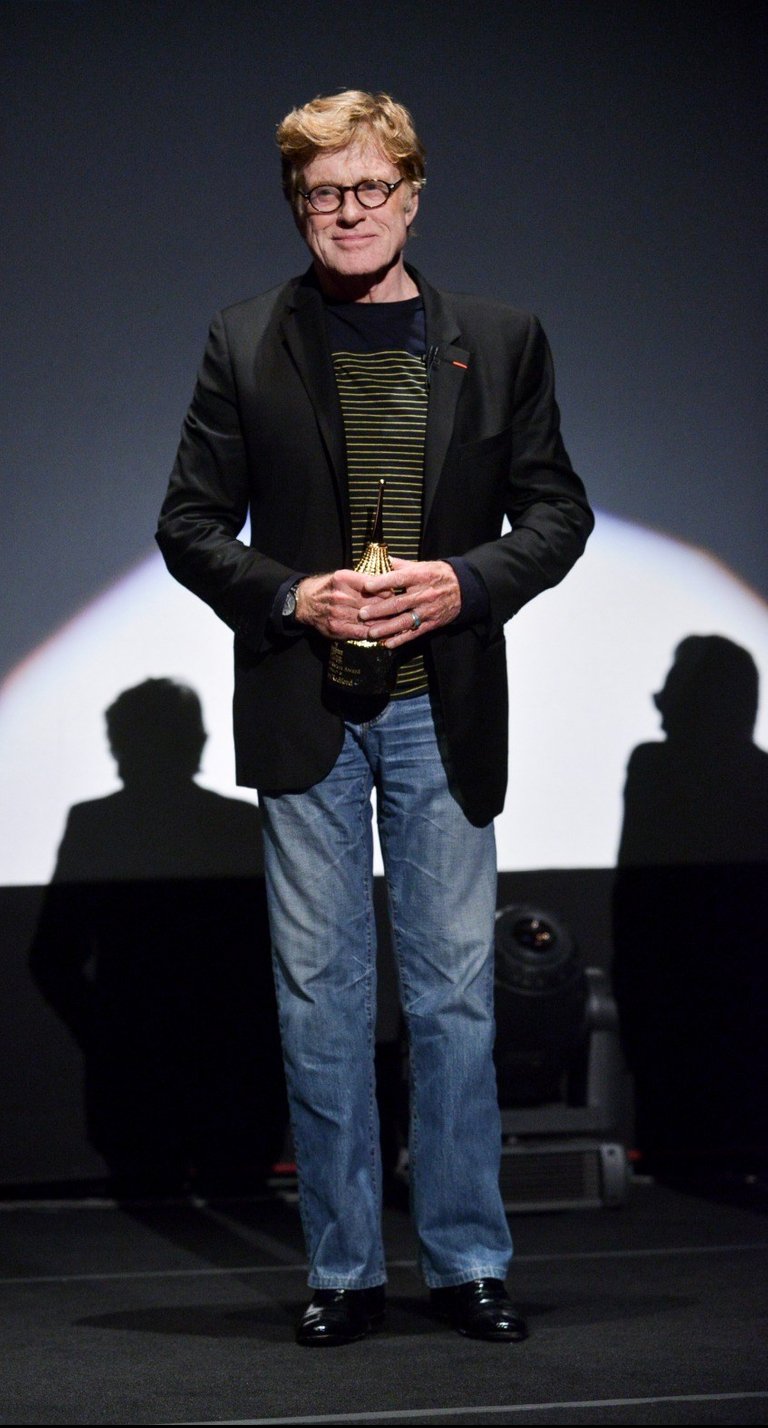
- Khakis/Chinos: probably your most common cotton pants descriptor (as jeans are often separated into a separate category). They are similar to denim in that they often have diagonal ribs, but come in a variety of colors, will appear solid (as opposed to the alternating colors in denim) and are generally finer in both weight and weave (notice how the diagonal lines on denim are usually more prominent than the ones on these). They usually don’t wear as hard as denim, but also tend to lose shape over time and can leave fade marks.
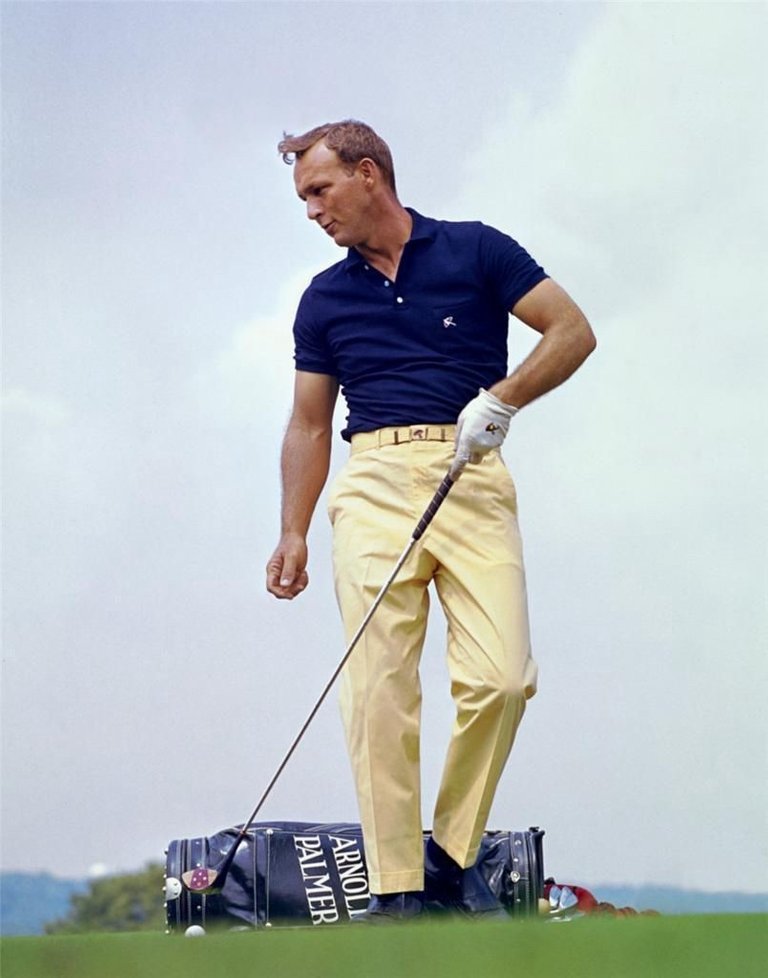
- Corduroy: fabric traditionally associated with the English countryside and can come in multiple fabrics, although most commonly made from cotton. The fabric is made so there are sets of vertical ‘ridges’ called wales. Different fabrics with have different width of wales. I would avoid low wale counts as they appear very prominent and can look costume-like (as they will appear velvet like).
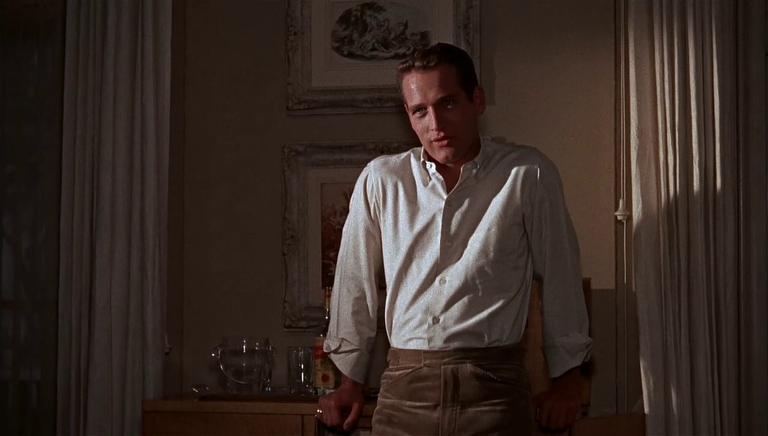
- Tropical Wool: a very common wool fabric, marketed I suspect because many consumers wear mostly cotton and believe wool is heavy and wears too hot. However, I disagree and find wool for the most part is very comfortable. Nevertheless, tropical wool is very light wool and tends to be a shiny. Its levity it can make it appear flimsy and wrinkled and its shine makes it appear as part of a s uit. That is not to say all tropical wools are so, but I find it easier to avoid them altogether.
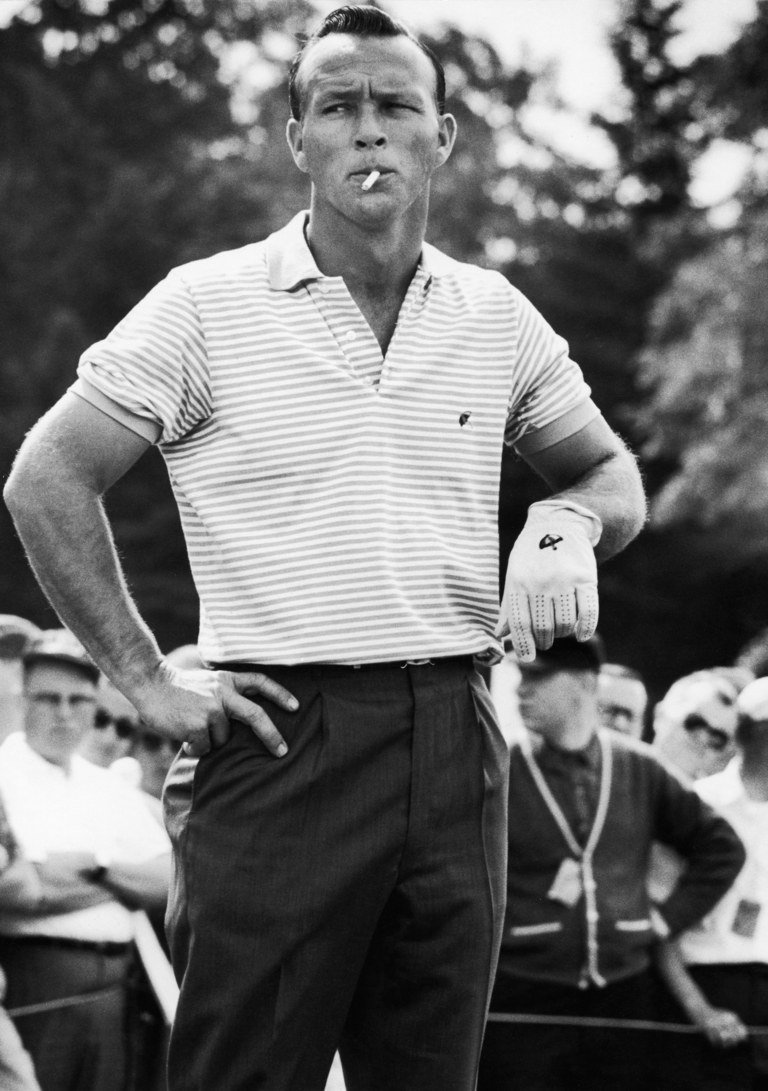
- Flannel: soft, casual fabric, often made of wool (in the context of pants at least). The fabric is usually quite airy so I’ve found it quite good for most weather. Often has a nice textured appearance which works well with conservative colors. One issue is that despite being made of wool, I find the crease on flannel becomes very faint over wear compared to other fabrics so it loses its shape relatively more than most wool fabrics.
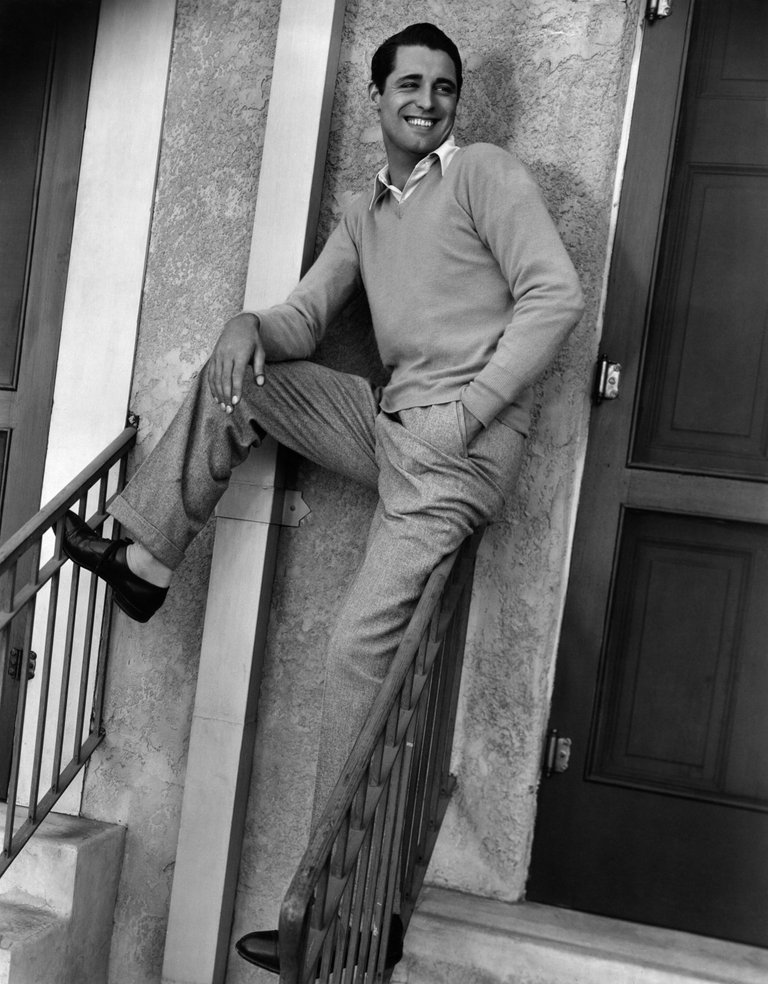
- Twill: this is a common weave that encompasses denim, khaki/chino, gabardine, and more. However, I’d like to point out wool can be woven in twill as well. Cavalry twill in particular is like the denim of wools. It can have similar alternating colors in the ribs, has heft, wears hard and maintains its shape very well.
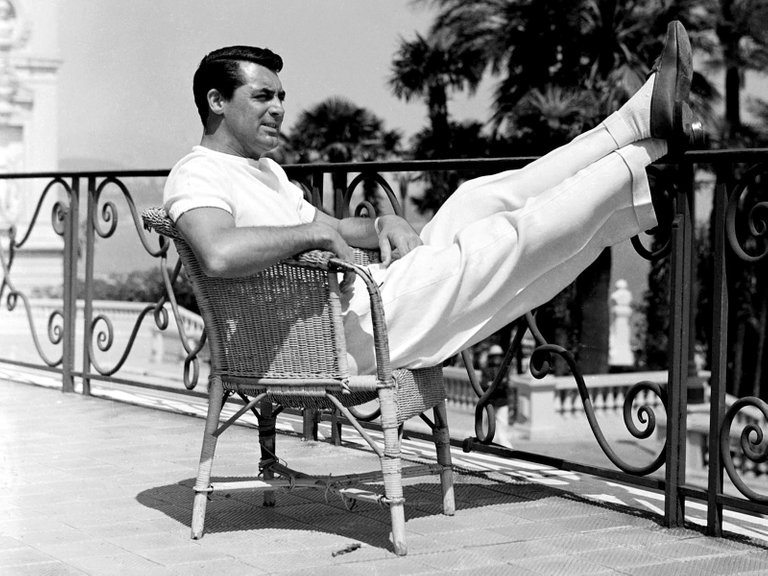
Again these are not the only types of cotton and wool pants. They are the most common ones I’ve seen. But perhaps equally important for selecting pants is the weight of the fabric (which might be more difficult to know if not listed). Again, I personally avoid very light (9 oz or less) fabrics as they tend to wrinkle and look thin. And I’ve found as I’ve purchased nicer fabrics, ‘breathability’ of fabrics is no longer much of an issue as even medium weight fabrics are fine in moderate summer temperatures (~80 degrees Fahrenheit here).
Colors
You probably don’t feel colors are a limiting factor. But with all the choices available, you might want to consider it to ease your decision making.
Again, the most versatile colors I find are shades of gray and tan here as well (I actually like wearing the same pairs for work and pleasure because they are so flexible). Jeans, which practically match with anything very casual these days and white or off white colors, while tough to pull off but great when done correctly, are tied for my distant third option.
Again, darker colors such as blue and black I would avoid as they’re just less versatile. However, it’s possible there are a few nicely textured or non-solid navy or black fabrics out there that make the them easier to pair.
Now what about unusual colors, such as red, purple, yellow, and practically anything other than what I listed above? Do it if that’s your personality! But to me, these colors are also less versatile, working with fewer combinations of colors and textures. And they stick out. And if they don’t fit you right, you will receive a lot of attention for maybe less than flattering reasons. Which is a great segue to our next topic.
Fit
Perhaps the most difficult part of findings pants is the fit. This is something that can’t necessarily be seen through images like fabric or color. And I cannot find any substitute to trying on the pants. Now that doesn’t mean you need a physical store; many online stores allow for returns which means you can try on clothes in the comfort of your home. But this doesn’t mean it’s easy, especially if you’re picky (and maybe you are if you are reading this article).
Unlike other goods, pants are not standardized across stores or brands. While something like specs of electronics can be compared across similar items (e.g. cameras), no such comparison can really be performed for the fit.
Sizing
While the same attributes may exist across brands, they are not necessarily comparable. Just because something is ‘regular fit’ in one brand does not make it comparable to a ‘regular fit’ in another brand. Same for waist sizes. A 34 in one brand may not fit similarly to a 34 in another brand. In fact, they might not even fit similarly in the same brand if the brand has many fits. Or they might even fit differently in the same fit for the same brand over time as the brand has changed the fit over time.
One way brands have tried to combat this is by posting measurements of their pants. This can include the width of key areas such as the waist, seat, thigh, and leg opening. While this is more useful than only providing the size, it can be difficult to truly compare pants from these measurements alone.
Measurements Alone Do NOT Describe Shape
Imagine two ellipses, one rotated 90 degrees from the other. Both have the same circumference, but appear to be completely different shapes. For that reason, the circumference of measurements alone may not illustrate how the pants fit because it does not describe the shape of the intended wearer.
Now all the above measurements are only horizontal measurements. One of the most crucial aspects of pants is the rise, or the vertical length of the pants above the crotch. (Confusingly, the rise is measured in 2 different methods: a tailor will measure the true rise as the vertical length of the rise and less technical folks, often those writing clothing measurements, often measure the rise as the total length. These mean different things and yet are sometimes not distinguished on measurement charts.) The rise provides only the length with complete disregard of the curvature. Imagine 2 different parabolic curves. They could have the same length (total or vertical) of curve, but be two completely different curves!
The discussion of curves and lengths I have described above is all related to pattern making. Pattern making details how to cut the cloth that’s sewn together for your clothes. And it’s at that stage in the manufacturing process where the fit is already determined. Because each brand has its own patterns, each brand fits differently. Because clothes from different time periods have different patterns, clothes from different decades look different (outside the colors and patterns). Because people have different body shapes and sizes, a tailor will create different patterns for different people to achieve the same fit.
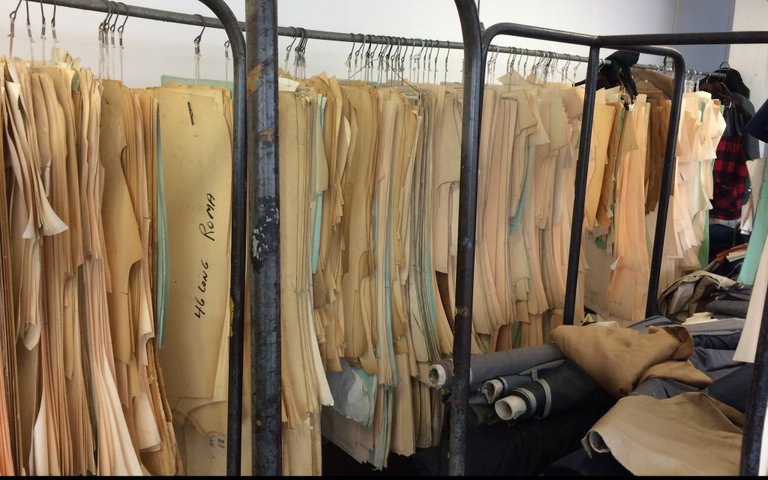
Now I won’t go into how this is all done because that’s another story. But because achieving a perfect fit is entirely dependent on the pattern used, there is little room to maneuver on the finished ready-to-wear product.
While alterations are certainly possible, most glaring issues cannot be fixed as most fixes require displacing cloth from one area and adding cloth in another. As ready-to-wear clothing often does not provide generous amounts of excess cloth at the seams, there is generally no extra cloth in the area that’s required for the alteration.
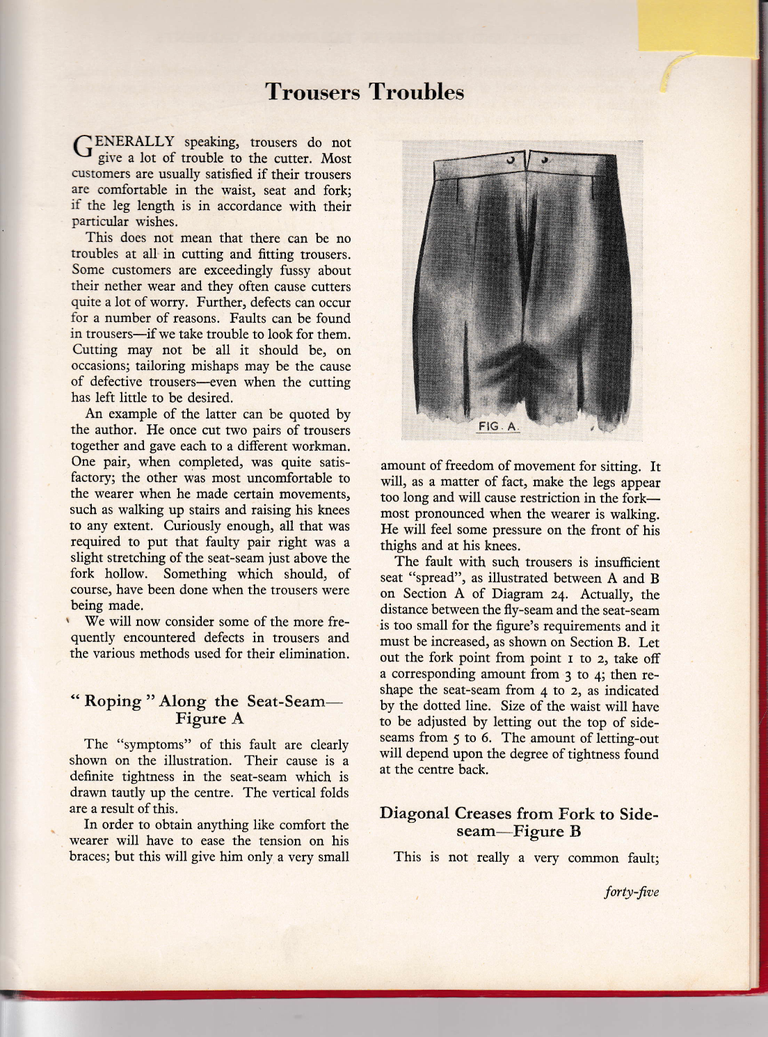
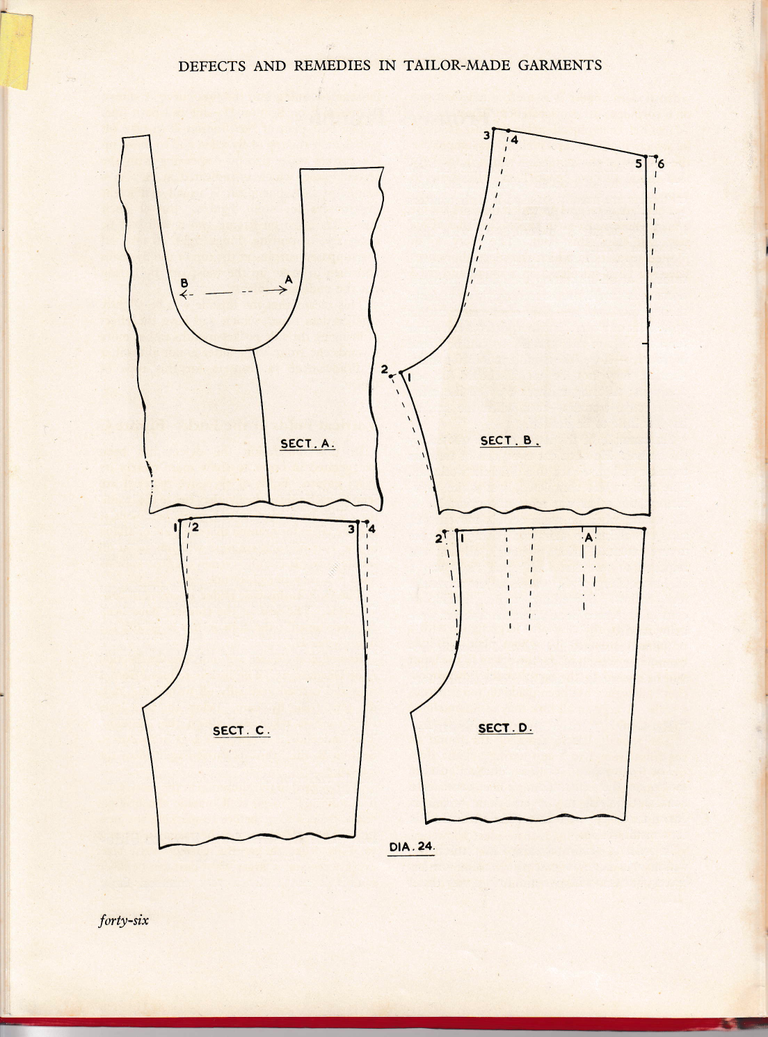
Therefore when you buy pants do not believe that a glaring issue can be resolved, despite what the salesman says. (I’m willing to bet most salesman do not know how pattern making or pattern changes work!) As a result, when you buy pants, what you see is going to be very close to what you’re going to get, minus some common, easy alterations that are built into the construction of pants. These are:
- Taking in or letting out the waist at the center back of the waistband and into the center back seat seam. This however is really only performed on pants with a split waistband (anything above the cheapest type of pants will usually have this).
- Taking in or letting out (depends on how much excess the pants have) the legs.
Looking at the above, you may notice that the width of the waist and legs can be altered. But don’t be fooled. These alterations do not fix issues of balance (which is what the majority of true issues in ready-to-wear pants are). If the pants fit cleanly before, they will still fit cleanly after these changes. And if they didn’t fit cleanly before, they still won’t fit cleanly after these changes.
However, you may have noticed the seat is one alteration I have not listed. Because that is the most static area of any ready-to-wear pants, I would use that to help find your size for the brand and fit. For example, if the seat does not fit in a regular fit size 34, continue checking other sizes rather than give up on the fit and brand. If the seat on the new size fits (feels neither tight nor loose) and the rest of the pants don’t, then chances are the fit and brand will not work for you at all.
Identify your desired attributes
But what are you looking for? This is where everyone has their own opinion (one person’s “style” could be another person’s “defect”).
I like clean lines that don’t attract attention downwards and keep eyes focused on the body as a whole.

I also like the waistband to sit a bit higher, close to the natural waist to ensure the torso doesn’t appear too long and appears natural and balanced, frame the waist, and to slim down any belly fat.
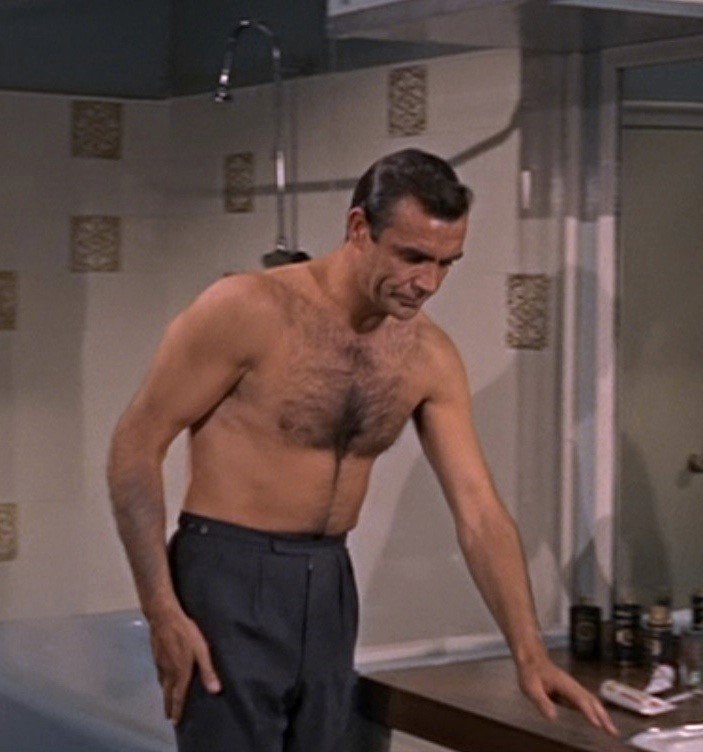
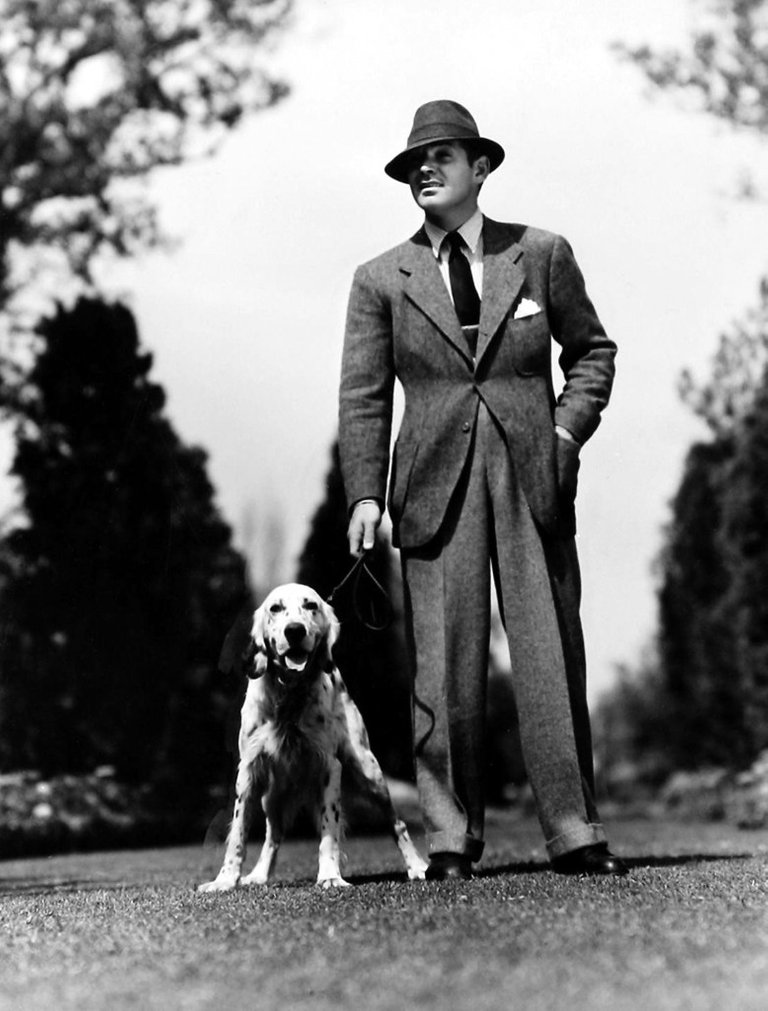
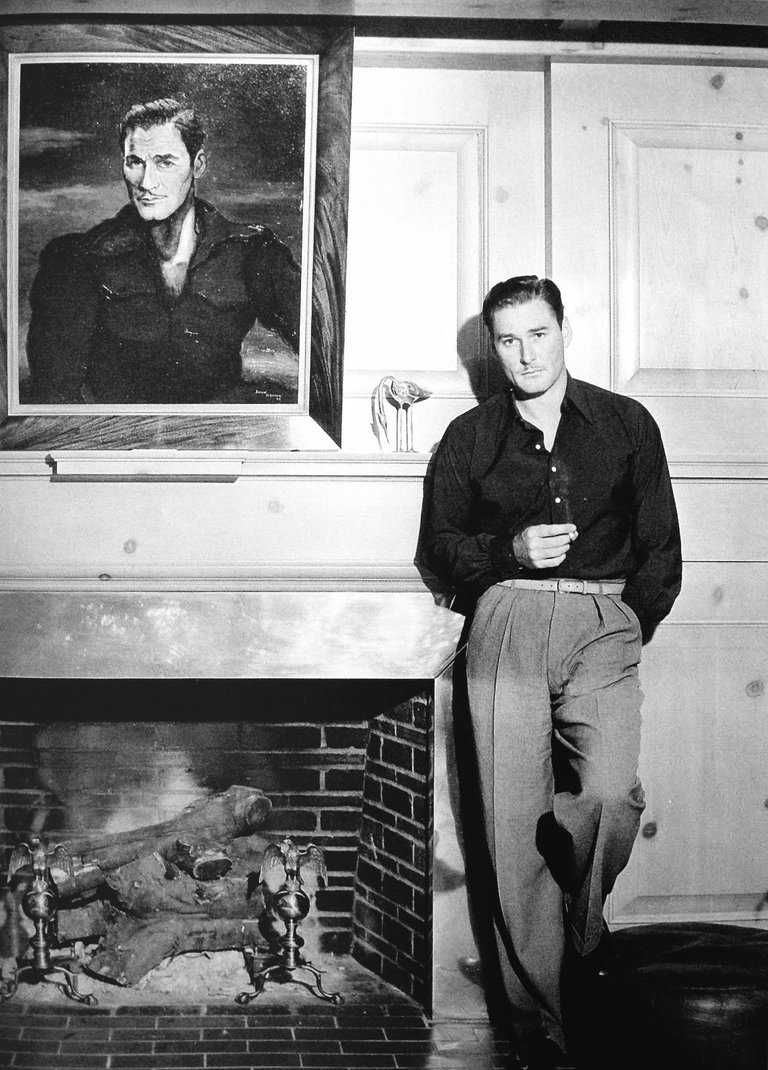
Are these attributes very particular? Yes. Will they be difficult to find on ready-to-wear pants? Yes. Having a vision and trying to find it in already finished products is like finding a needle in a haystack. And that vision or fit is important, because it expresses you. I can guarantee that if you don’t like what you’re wearing, you won’t wear it. Maybe not in the 1st week or 1st month. But definitely at some point it will be lingering on your shelf unworn because you don’t enjoy wearing it. So there’s no need to be buying things just because everyone else is buying that.
This is the downside of ready-to-wear; if you have a particular vision, you need to find that particular brand or fit that has the same vision. This means a lot of digging on websites and other media and trying on clothes to find what you want.
For this reason if you stick with ready-to-wear, I would be open minded about some details that normally hold people up from making purchases but have zero effect on the fit or shape of pants (e.g. brands, fit names, sometimes even pleats as you might have a shape that ready-to-wear retailers mostly cut for using pleats).
There is no simple answer for this. There’s hundreds of different pants out there and it would be amiss for me to create a single formula for everyone. Think about this positively; there are a bunch of ideas designers have already put out there on pants just waiting for someone like you to try!
Imagine never trying new foods or visiting new places or meeting new people. Ridiculous, right? Trying clothes can be the same experience! It can be fun trying something different. And best of all, most of places allow free returns. So why not?
That being said, it would mean you have to making shopping for clothes not a chore to do just when you have a new event coming up with that burden of a deadline. That pressure of doing something for someone else can put a damper on even the most fun tasks. Try shopping or fitting clothes when there’s no pressure to have new clothes. Because if you’re shopping for clothes, it should be for you.
Because that’s the wonderful thing about pants. You’ll always have them everywhere you go. And rather than a nuisance, it should be a pleasure knowing you have something that you want.
Congratulations @prfrnir! You have completed the following achievement on the Steem blockchain and have been rewarded with new badge(s) :
You can view your badges on your Steem Board and compare to others on the Steem Ranking
If you no longer want to receive notifications, reply to this comment with the word
STOPTo support your work, I also upvoted your post!
Vote for @Steemitboard as a witness to get one more award and increased upvotes!